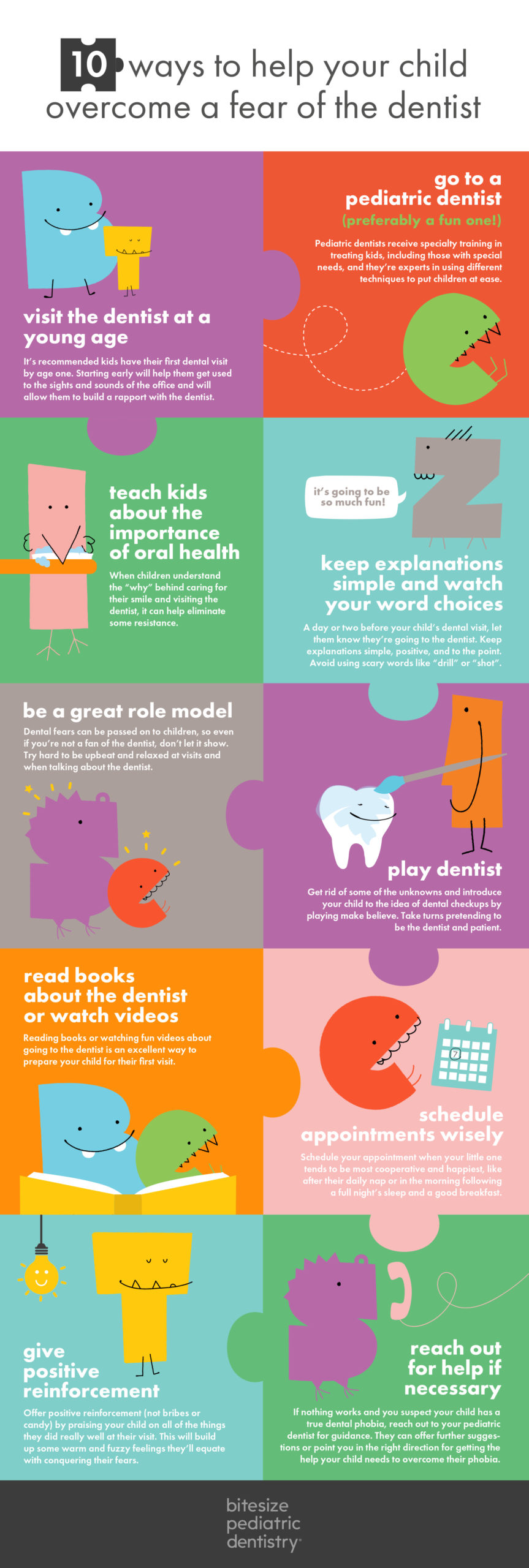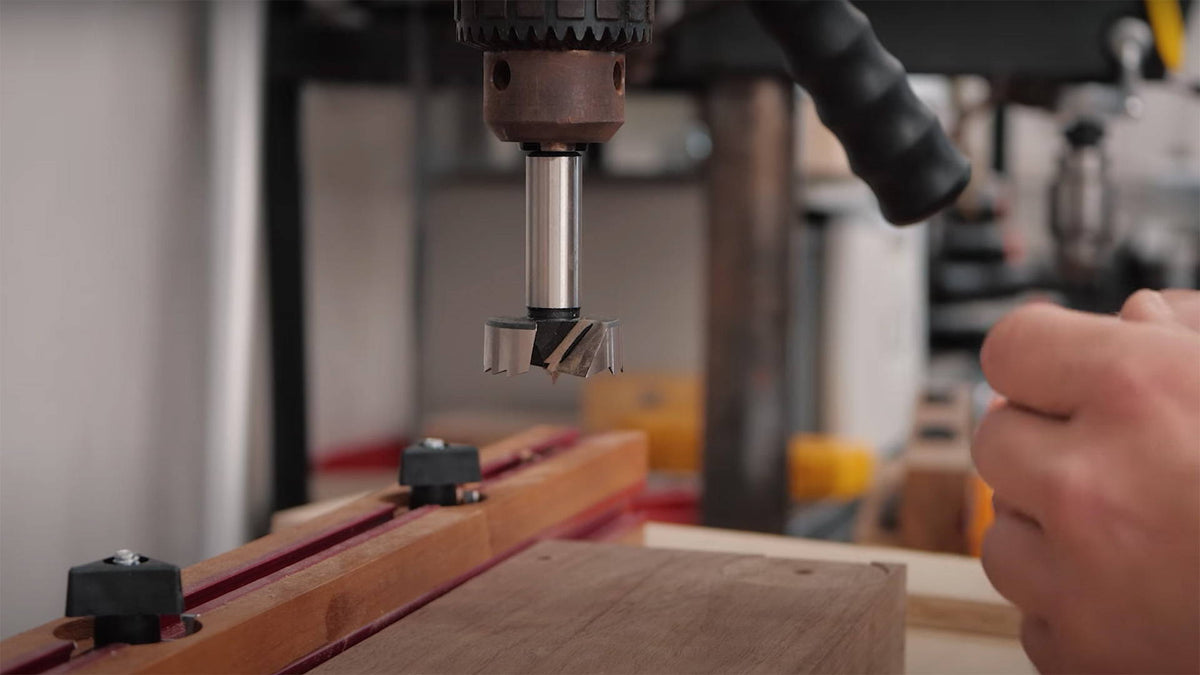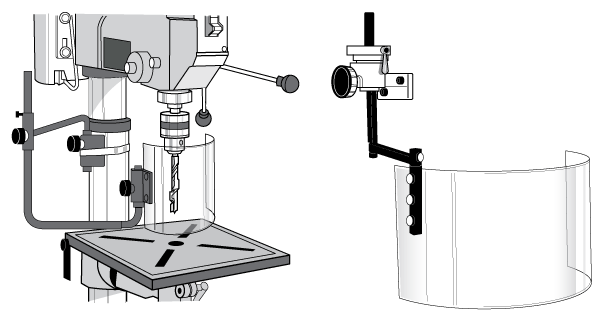Using a drill press can be very helpful. But, it’s important to use it safely.
Drill presses are great tools for precise drilling. They offer stability and control. But, like any tool, they come with risks. Proper use is key to avoiding accidents and damage. This blog post will help you understand what not to do when using a drill press.
By being aware of these common mistakes, you can ensure a safer and more efficient experience. Let’s dive into the top ten things you should avoid to keep your drilling tasks smooth and safe.

Credit: wearebitesize.com
Article Summary
Choose The Right Drill Bit
When it comes to using a drill press, selecting the correct drill bit is crucial. You might think all drill bits are the same, but they are not. Using the wrong bit can damage your material, ruin your project, and even cause injury. Let’s dive into the different types of drill bits and how to match the bit to your material.
Types Of Drill Bits
Drill bits come in various shapes and sizes. Each type serves a specific purpose. Here are a few common types:
- Twist Bits: These are the most common and are used for general-purpose drilling.
- Spade Bits: Ideal for drilling large holes in wood.
- Forstner Bits: Used for precise, clean holes in wood.
- Masonry Bits: Perfect for drilling into concrete, brick, and stone.
- Brad Point Bits: Great for woodworking because they create clean exit holes.
Matching Bit To Material
Matching the drill bit to the material you are working with is essential. Here’s a simple guide:
| Material | Recommended Drill Bit |
|---|---|
| Wood | Twist Bits, Spade Bits, Forstner Bits |
| Metal | High-Speed Steel (HSS) Bits, Cobalt Bits |
| Concrete | Masonry Bits |
| Plastic | Twist Bits, Brad Point Bits |
Using the right drill bit not only makes your job easier but also ensures your safety. Imagine trying to drill into concrete with a wood bit. The bit would wear out quickly, and you wouldn’t get very far. Plus, you could damage your drill press. So, always double-check you have the right bit for the material at hand.
Secure The Material
Using a drill press can be a game-changer for many DIY enthusiasts and professionals alike. It offers precision and power that handheld drills just can’t match. However, to get the best results and ensure safety, there are certain things you should avoid doing. One of the most critical aspects is to secure the material properly. Let’s dive into how to do this effectively.
Using Clamps
First and foremost, using clamps is a must when operating a drill press. Think of clamps as your extra set of hands. They hold your material steady, ensuring that it doesn’t move while drilling. This not only helps in achieving precise holes but also keeps you safe.
Imagine drilling into a piece of wood without clamps. The wood might twist or spin, causing the drill bit to break or even injure you. Not a pretty picture, right? So, always use clamps to secure your material firmly.
Here’s a quick tip: Opt for c-clamps or f-clamps as they are easy to adjust and provide a strong grip. And remember, it’s better to use more than one clamp for larger pieces of material.
Avoiding Handholding
Another crucial point is to avoid handholding the material. You might think you have a steady hand, but trust me, it’s not worth the risk. Handholding can lead to accidents and imprecise drilling.
Let me share a quick story. Once, I was too lazy to set up clamps for a small piece of metal. I held it with my hand, thinking it would be fine. Midway through drilling, the metal slipped, and the drill bit snapped. Lesson learned the hard way!
If you think clamps are too cumbersome for small pieces, consider using a drill press vise. It’s designed to hold smaller materials securely and is a lifesaver for intricate tasks.
So, always secure your material using clamps or a vise. Your hands (and your project) will thank you!
Wear Appropriate Safety Gear
Using a drill press can be a rewarding experience, but it’s crucial to prioritize safety. The right gear can mean the difference between a smooth project and a trip to the emergency room. So, what should you wear? Let’s dive into some essential safety gear you should not overlook.
Eye Protection
Imagine this: you’re drilling away, and suddenly, a piece of metal flies towards your face. Scary, right? That’s why eye protection is non-negotiable. Wearing safety glasses or goggles can save your eyes from flying debris and dust. They might not be the most fashionable, but neither is an eye patch! Trust me, your eyes will thank you.
Hearing Protection
Have you ever noticed how loud a drill press can be? That constant noise can take a toll on your hearing over time. Investing in a good pair of earplugs or earmuffs can make a world of difference. It’s a small step that ensures you’ll still enjoy your favorite music and conversations years down the line.

Credit: kmtools.com
Check The Drill Press Setup
Checking your drill press setup is crucial for safe and precise work. Before starting any project, make sure everything is in order. A well-prepared setup prevents accidents and ensures quality results.
Proper Alignment
Ensuring proper alignment of the drill press is vital. Check the table and spindle are in line. Misalignment can cause inaccurate holes and damage. Use a square to verify the table is perpendicular to the spindle. Adjust if needed. This simple step can save you from many issues.
Tighten All Components
Loose components can lead to accidents. Tighten all bolts and knobs before starting. Check the chuck holds the drill bit firmly. Loose bits can wobble or fly out. Also, ensure the workpiece is secure. Use clamps or a vise to hold it steady. A stable setup reduces risks and improves accuracy.
Avoid Loose Clothing
Loose clothing can easily get caught in the drill press, leading to serious injuries. Always wear fitted clothing for safety.
Using a drill press can be risky if you are not careful. One crucial safety tip is to avoid wearing loose clothing. Loose clothes can get caught in the drill press, causing injuries. Make sure to dress safely before using the equipment.Tuck In Shirts
Always tuck in your shirt when using a drill press. Loose shirts can easily get tangled in the machine. This can lead to serious accidents. Keep your shirt tight to your body to avoid danger.Remove Jewelry
Remove all jewelry before starting your drill press work. Rings, necklaces, and bracelets can get caught in the drill. This can cause severe harm. Store your jewelry in a safe place while you work. “`Maintain A Clean Workspace
Keeping your workspace clean while using a drill press is crucial not only for safety but also for the efficiency of your work. A cluttered and messy workspace can lead to accidents and slow down your progress. In this section, we will discuss two essential aspects of maintaining a clean workspace: clearing debris and organizing tools.
Clear Debris
Imagine trying to cut a straight line with a saw, but sawdust keeps getting in your way. Frustrating, right? The same applies to drilling. Always clear debris from your workspace. Sawdust, metal shavings, and other residues can obstruct your view, leading to mistakes. Moreover, debris can cause the drill bit to slip, posing a risk of injury.
- Use a vacuum or brush to remove particles.
- Wipe down surfaces regularly.
- Dispose of waste materials properly.
Remember, a clean workspace is a safe workspace. Plus, it’s much easier to work when you can clearly see what you’re doing.
Organize Tools
Ever spent ages looking for a tool you just had in your hand? It happens to the best of us. But when using a drill press, organizing your tools is a must. An organized workspace helps you find what you need quickly and reduces the risk of accidents.
- Keep your tools in a designated spot.
- Use tool racks or pegboards for easy access.
- Label your tool storage areas.
Think of it like this: if your tools are always in the same place, you won’t waste time searching for them. This way, you can focus more on your project and less on hunting down that missing wrench.
In conclusion, maintaining a clean workspace by clearing debris and organizing your tools will make your drilling tasks smoother and safer. So, next time you step up to your drill press, take a moment to tidy up. Your future self will thank you!
Maintaining a clean workspace is not just about aesthetics; it’s about safety and efficiency. When using a drill press, a clutter-free environment helps prevent accidents and allows you to work more effectively. Let’s dive into two key aspects of keeping your workspace clean: clearing debris and organizing tools.
Clear Debris
Imagine trying to cut a straight line with a saw, but sawdust keeps getting in your way. Frustrating, right? The same applies to drilling. Always clear debris from your workspace. Sawdust, metal shavings, and other residues can obstruct your view, leading to mistakes. Moreover, debris can cause the drill bit to slip, posing a risk of injury.
- Use a vacuum or brush to remove particles.
- Wipe down surfaces regularly.
- Dispose of waste materials properly.
Remember, a clean workspace is a safe workspace. Plus, it’s much easier to work when you can clearly see what you’re doing.
Organize Tools
Ever spent ages looking for a tool you just had in your hand? It happens to the best of us. But when using a drill press, organizing your tools is a must. An organized workspace helps you find what you need quickly and reduces the risk of accidents.
- Keep your tools in a designated spot.
- Use tool racks or pegboards for easy access.
- Label your tool storage areas.
Think of it like this: if your tools are always in the same place, you won’t waste time searching for them. This way, you can focus more on your project and less on hunting down that missing wrench.
In conclusion, maintaining a clean workspace by clearing debris and organizing your tools will make your drilling tasks smoother and safer. So, next time you step up to your drill press, take a moment to tidy up. Your future self will thank you!
Use The Correct Speed
Using the correct speed when operating a drill press is crucial. Incorrect speed settings can lead to poor results and damage to your materials. It can also pose safety risks. This section will guide you through adjusting the speed settings and choosing material-specific speeds.
Adjusting Speed Settings
Each drill press comes with speed settings for different tasks. Always check the manual to understand the speed range. Some materials need high speeds; others require low speeds. Adjust the speed according to your task. Safety first.
Material-specific Speeds
Different materials need different speeds. For example, wood usually requires higher speeds. Metals need lower speeds to avoid overheating. Plastics can melt if drilled too fast. Always know your material. Choose the correct speed for each project.
Keep Hands Away From Moving Parts
Using a drill press can be a great way to complete various projects. But it is important to follow safety guidelines to avoid accidents. One key rule is to always keep your hands away from moving parts. The drill press has many rotating elements that can cause serious injuries if not handled properly. Ensuring your hands are safe is crucial for a smooth and injury-free experience.
Using Push Sticks
Push sticks are essential tools for keeping your hands safe. They allow you to guide the workpiece without getting your hands close to the drill bit. Always use push sticks to move materials into position. This simple tool can make a big difference in preventing injuries.
Maintaining Safe Distance
Maintaining a safe distance from moving parts is vital. Make sure to stand at a comfortable distance from the drill press. This practice will help you avoid accidental contact with the rotating parts. Always be aware of your hand placement and keep them clear of the drill bit’s path.
Turn Off Before Adjusting
When using a drill press, safety is paramount. One crucial aspect of maintaining a safe working environment is ensuring that you always turn off the drill press before making any adjustments. This simple step can prevent accidents and injuries, keeping you safe while you work. Let’s delve into the specifics of why you should power down and wait for a complete stop before adjusting your drill press.
Power Down First
Before you start tweaking your drill press settings, make sure to power down the machine. It might seem like a no-brainer, but in the rush of completing a project, it’s easy to forget. Turning off the power is the first step to ensuring your safety. Think of it like unplugging your toaster before fishing out a stuck piece of bread – a necessary precaution.
Pro Tip: Get into the habit of always double-checking that the machine is off. This practice will soon become second nature and could save you from potential hazards.
Wait For Complete Stop
Once you’ve turned off the drill press, don’t immediately dive in to make adjustments. Wait for the machine to come to a complete stop. This waiting period is crucial because moving parts can still pose a danger even after the power is off.
- Why wait? The drill bit and other components need time to stop moving completely.
- Impatience can hurt: Trying to adjust the machine while parts are still in motion can lead to injuries.
Imagine a revolving door – you wouldn’t try to step through until it’s come to a halt, right? The same logic applies here. Patience is key to maintaining your safety.
By incorporating these practices into your routine, you can ensure a safer and more efficient use of your drill press. Remember, safety first, adjustments second!
Regular Maintenance
So, you’ve got your shiny new drill press and you’re ready to get down to business. But wait! Before you start drilling holes like there’s no tomorrow, let’s talk about something crucial – regular maintenance. Keeping your drill press in tip-top shape will not only make your work easier, but it will also extend the life of your machine. Trust me, a little TLC goes a long way. Here’s what you need to know about keeping your drill press running smoothly.
Lubricate Moving Parts
Think of your drill press like a car engine. Would you drive your car without oil? Of course not! The same goes for your drill press. Lubricate all the moving parts regularly. This includes the spindle, bearings, and any other components that move during operation. Without proper lubrication, friction builds up, causing wear and tear. Over time, this can lead to serious damage. So, grab some machine oil and give those parts a good lube job!
Inspect For Wear And Tear
Now, let’s talk about wear and tear. Even the best-maintained machines show signs of aging. Regularly inspect your drill press for any signs of wear, such as cracks, chips, or loose parts. Pay close attention to the belts and pulleys. These are the workhorses of your machine and they take a lot of stress. If you notice any damage, replace the parts immediately. It’s better to be safe than sorry, right?
In summary, regular maintenance is the key to keeping your drill press in excellent condition. By lubricating moving parts and inspecting for wear and tear, you can prevent many common problems and ensure your machine runs smoothly for years to come.

Credit: www.ccohs.ca
Frequently Asked Questions
What Should You Never Do When Operating A Drill Press?
Never wear loose clothing or jewelry. Avoid using a dull drill bit. Do not force the drill. Never leave the drill press running unattended. Avoid drilling without proper eye protection.
What Does 10 Mean On A Drill Press?
“10” on a drill press indicates a 10-inch swing. This means the drill can handle materials up to 10 inches in diameter.
What Are The Safety Precautions When Using A Drill Press?
Wear safety goggles and gloves. Secure the material firmly. Use the correct drill bit. Keep hands away from the drill. Turn off and unplug after use.
What Should You Never Do With A Drill?
Never use a drill without proper eye protection. Avoid drilling near electrical wiring or pipes. Do not force the drill. Never use a damaged drill bit. Avoid wearing loose clothing or jewelry.
Conclusion
Avoiding common mistakes ensures safe and efficient use of your drill press. Stay alert and follow safety guidelines. Always wear protective gear, and secure materials properly. Don’t rush the process; patience is key. Keep your workspace tidy and free of distractions.
Regularly maintain your drill press for optimal performance. By avoiding these pitfalls, you can work confidently and effectively. Practice these habits every time you use your drill press. Your safety and the quality of your work depend on it. Happy drilling!